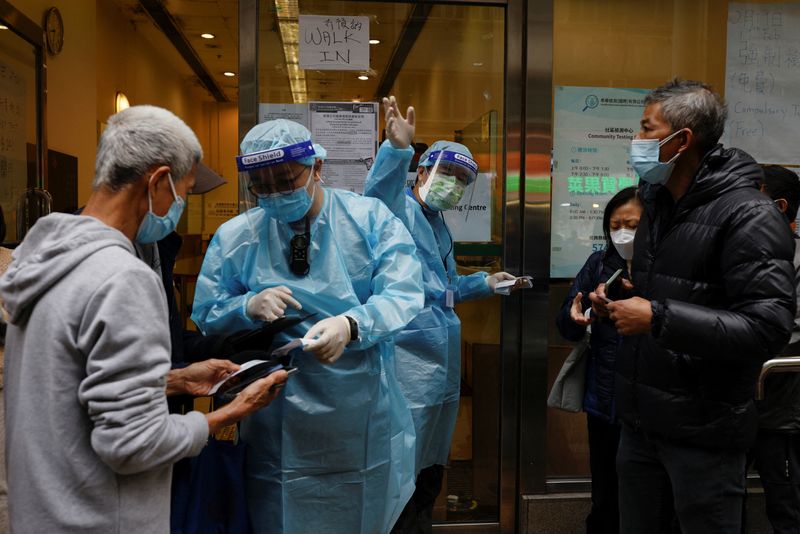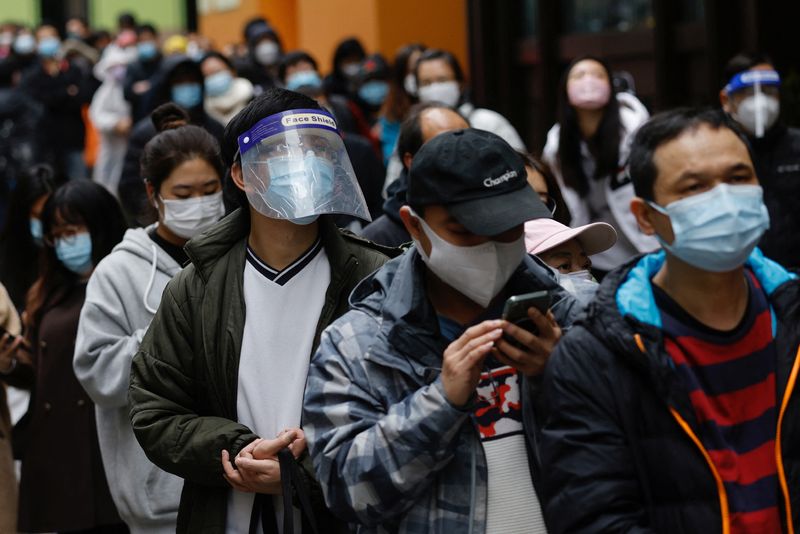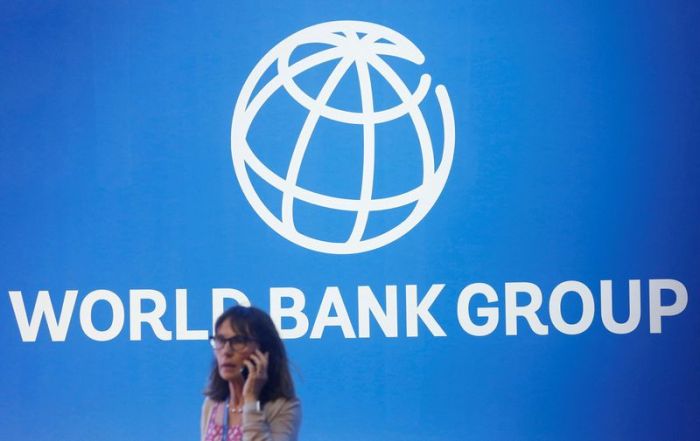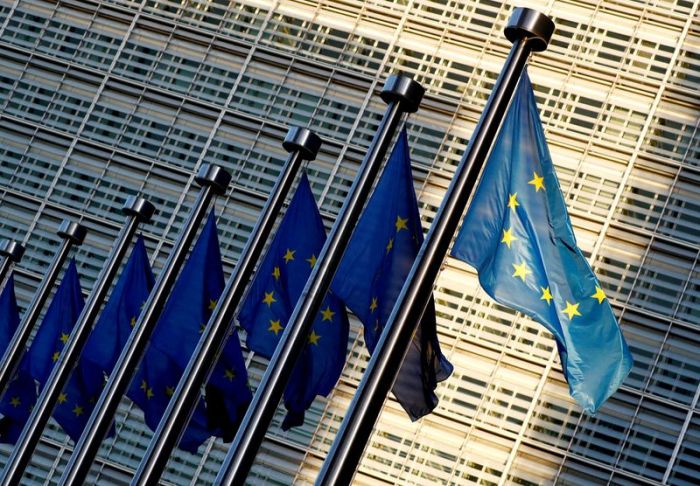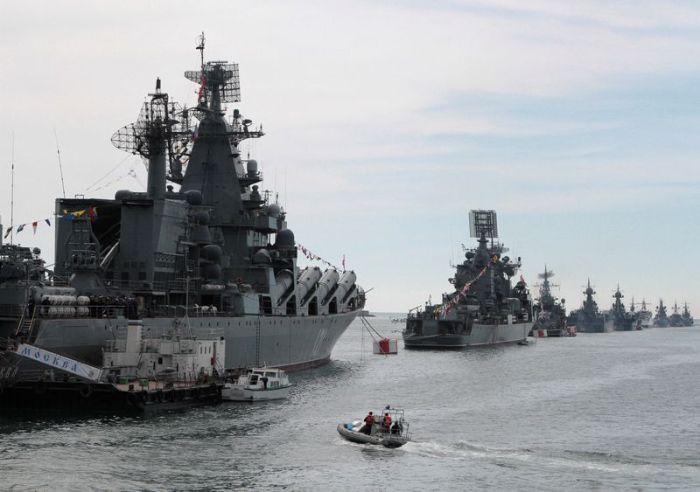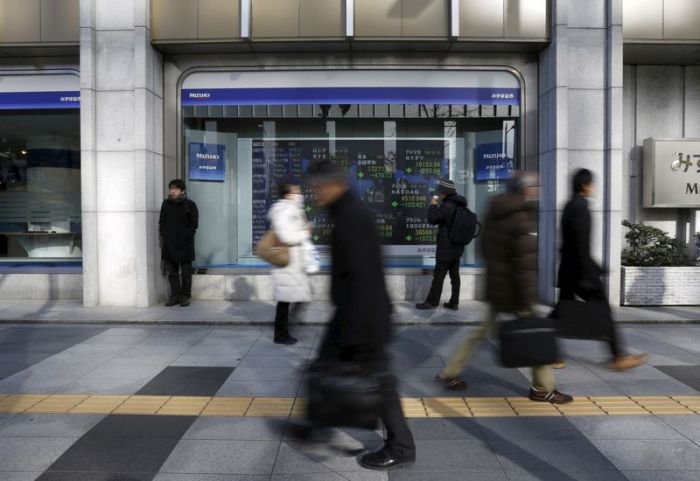HONG KONG (Reuters) -Hong Kong has contracted a Chinese firm to build eight isolation and treatment facilities to help fight a worsening COVID-19 outbreak, as the government said on Friday daily cases in the global financial hub surged beyond 10,000 – a new record.
The temporary facilities, to be built by China State Construction International Holdings Ltd and with a combined capacity of 50,000 beds, will be spread across Hong Kong, including on private land lent for free by developers.
“The target is to maximise the site utilisation and complete the relevant works as soon as possible, equipping Hong Kong for the fight against the epidemic,” the government said in a statement.
Hong Kong officially does not allow people to self-isolate, although thousands have been doing so as infections rise faster than new rooms become available.
Authorities reported a new record of 10,010 confirmed infections over the past 24 hours, up from Thursday’s 8,798, and 47 deaths. Around 420 care homes have been infected.
The timeframe for completion of the new facilities was not clear as some experts predict the city could have 180,000 cases per day in March.
The move follows promises of “staunch support” from mainland Chinese authorities, with Hong Kong leader Carrie Lam doubling down on the official goal of bringing infections to zero.
Sun Hung Kai Properties, New World Development and Henderson Land Development are among the developers that contributed to the scheme.
Reuters reported in September that China had given a new mandate to the city’s powerful property tycoons, telling them to pour resources and influence into backing Beijing’s interests.
CASES RISING
Hong Kong is following mainland China’s “dynamic zero-COVID” strategy, aiming to eradicate all outbreaks at all costs, but the spread of infections with the highly-transmissible Omicron variant this year has overwhelmed the city’s health system.
Daily infections have been on a trajectory described by authorities as “exponential”, despite the city deploying the most draconian social restrictions since the start of the pandemic two years ago.
The response from residents has varied. Some people have not reported being ill for fear of being forced into overcrowded hospitals or makeshift quarantine facilities, while others have called ambulances, overwhelming the system, despite having no symptoms.
Parents with small children are especially fearful of rules requiring separated isolation of family members. Healthcare authorities said on Friday they would consider some exemptions in situations involving young children.
This week, Lam used emergency powers granted under British colonial-era laws to exempt mainland Chinese staff and projects from any licensing or other legal requirements.
As COVID-19 rages across Hong Kong at the start of a sensitive political year for Chinese President Xi Jinping, Beijing is deeply invested in the city’s response.
Since Xi told the city last week that its “overriding mission” was to control the crisis, Hong Kong has stepped up measures, including plans for mass testing, buttressed by equipment, testing vehicles and personnel from the mainland.
China on Friday reported the highest daily count of COVID-19 cases arriving from outside the mainland in nearly two years, with more than 100 of 142 new infections coming from Hong Kong.
Mainland China requires most general travellers arriving from outside to quarantine for at least 14 days, and cities have varying requirements afterwards before they can travel freely.
(Reporting by Marius Zaharia; Editing by Jane Wardell and Catherine Evans)

